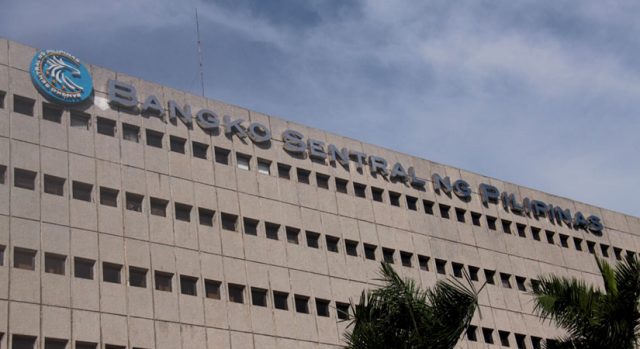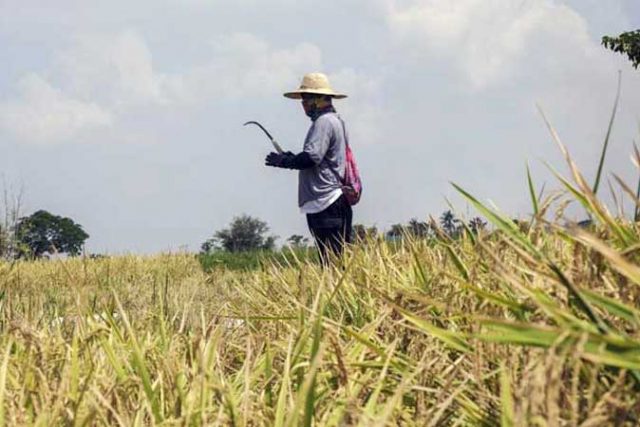The Department of Finance (DoF), which is now overseeing the Philippine Crop Insurance Corp. (PCIC), said its goal is to make the company less reliant on subsidies and provide broader coverage to respond to the threat of climate change.
Finance Secretary Carlos G. Dominguez III, recently named the chairman of PCIC, told board members that the top priority for the company is to “stop its financial bleeding,” adding that “Unless we are able to scale up our crop protection insurance, we cannot substantially mitigate economic losses due to calamities further intensified by climate change.”
He was speaking at the first meeting of the reconstituted PCIC Board Friday. The lead agency overseeing the company previously was the Department of Agriculture (DA).
Mr. Dominguez noted that the PCIC received subsidies of P23.3 billion in the past two years, and an additional P5.3 billion in financial support from the Agri-Agra Fund since 2015.
Next year, the company is expected to receive P4.5 billion in budgetary support from the national government.
“This trend is not sustainable,” Mr. Dominguez said.
“The PCIC’s operations must be sustainable—if not totally subsidy-free. This requires a new business model and the most competent management of this service,” he added.
Mr. Dominguez said the PCIC should expand the insurance coverage to cover more assets and crops with lower premiums to provide greater protection from potential financial losses due to natural calamities.
He also urged the company to explore reinsurance and encourage more private companies to offer agriculture insurance products.
“The PCIC should likewise consider other types of insurance programs implemented in other countries, such as the index-based or parametric insurance,” he added.
Aside from expanding its operations, the PCIC should also determine how much the government is losing by insufficiently covering the agriculture sector, he said.
Mr. Dominguez said he met with representatives of the PCIC and the Insurance Commission to formulate a blueprint for the company over the next three years.
President Rodrigo R. Duterte signed Executive Order (EO) No. 148 on Sept. 14, which transferred oversight of the PCIC to the DoF.
The Federation of Free Farmers has described the move as potentially making the company less responsive to farmers’ needs.
Mr. Dominguez has said that the DoF has no current plans of privatizing the PCIC.
The PCIC provides subsidized insurance protection to farmers against losses from natural disasters and plant and animal diseases, particularly for corn and rice.
The EO reconfigured the PCIC Board to make the Finance secretary chairman, relegating the Agriculture secretary to vice-chairman and reducing the number of farmer representatives on the board from three to one.
Members of the board include the PCIC president, the Land Bank of the Philippines president, the Government Service Insurance System president and general manager, a private insurance industry representative, and a farmer representative.
“I trust this board will find the path to sustainability. Our farmers face the increasing likelihood of suffering losses due to severe and erratic weather events caused by climate change. Crop insurance is an effective instrument to mitigate dislocation and economic losses. The PCIC must be there to extend the widest coverage possible,” he said. – Beatrice M. Laforga











